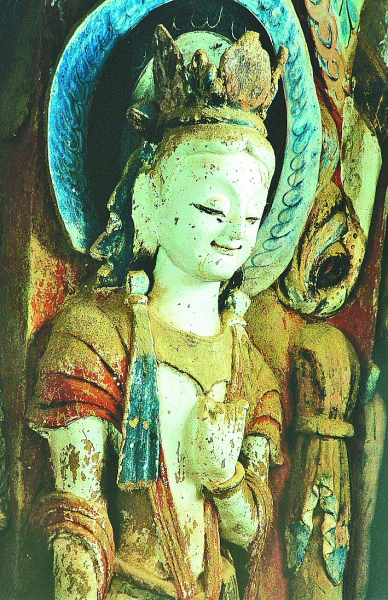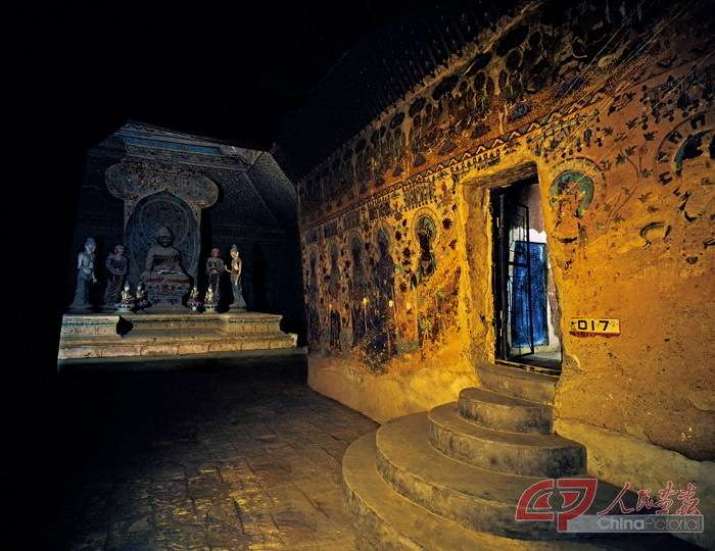

This would certainly lead to new and exciting discoveries in the future.Īt Ancient Origins, we believe that one of the most important fields of knowledge we can pursue as human beings is our beginnings.

Furthermore, the International Dunhuang Project, which began in 1994, has allowed scholars from around the world to view digital copies of the various documents of the Dunhuang Manuscripts now residing in various museums. Such developments are promising, as scholars are able to gain a better view of Chinese society during that era. These insights have led to the revision of some commonly held views about farmers and the governance of agricultural communities. As this form of literature is about the lives of ordinary people, it provides a unique perspective on their experiences, the way they associated with the wider society and the government, as well as their relationships with family and friends. One of the significant aspects of the Dunhuang Manuscripts can be seen in the large amount of folk literature in it. In addition, there were also secular texts that dealt with various areas of knowledge, such as mathematics, history, astronomy and literature. These include Taoist, Nestorian Christian, and Manichaean texts. Īlthough the Dunhuang Manuscripts contain mostly Buddhist texts, there were other forms of sacred texts as well. One of the scrolls in the Dunhuang collection. Stein’s purchase of these manuscripts sparked a scramble by other European powers to get their hands on the ancient texts, and 10 years later, about 20% of the original material remained when the Chinese authorities transferred the remaining documents to Beijing. The Hungarian-born explorer and Indologist, Aurel Stein, who was on his second archaeological expedition to Central Asia, was one of the first to hear of it.Īfter a delicate process of negotiation, Stein managed to convince Wang to sell him about ten thousand scrolls for 130 pounds by claiming that he was following in the footsteps of Xuanzang, a Buddhist monk who made a journey from China to India during the 7 th century A.D. News of the discovery, however, did not stay in Dunhuang, but soon spread along the caravan routes of Xinjiang. As the Chinese authorities were short of cash and preoccupied with the ongoing Boxer Rebellion, a violent anti-foreign and anti-Christian movement which took place in China towards the end of the Qing dynasty, they refused Wang’s offer. Thus, the monk decided to contact the local officials and offered to send his findings to the provincial capital. Although Wang was unable to read the ancient scripts, he knew that they were incredibly valuable. To his amazement, he found a mountain of documents piled in a secret chamber. He decided to knock the wall down to see what was behind it. The story goes that one day, Wang Yuanlu noticed his cigarette smoke wafting toward the back wall of a large cave shrine (Cave 16 as it is known today). This prompted an itinerant Taoist monk by the name of Wang Yuanlu to appoint himself as the caretaker of the caves, and to make an attempt at restoring the derelict shrines.Įntrance to Mogao Caves, China. As a result of this decline, the numerous Buddhist shrines in the Mogao Caves were in a state of disrepair. Although Dunhuang used to be an important city on the Silk Route during the Middle Ages, it was a backwater by the early 20 th century.

The re-discovery of these precious documents, however, was made completely by accident. The Dunhuang manuscripts date to between the 5 th and 11 th centuries A.D., and were sealed up in a chamber in a cave, hidden for about 900 years. The Dunhuang Manuscripts are a cache of around 20,000 important scrolls found in the Mogao Caves of Dunhuang. This is very evident in the Dunhuang manuscripts. Dunhuang’s unique position also meant that it was a meeting point of various cultures. The ancient town occupied a strategic position at the crossroads of the ancient Southern Silk Route and the main road leading from India to Mongolia via Lhasa, as well as controlling the entrance of the Hexi Corridor which led to the heart of the northern Chinese plains and the ancient capitals of Chang’an (modern day Xi’an) and Loyang. Dunhuang is situated in the north western part of Gansu province in the west of China.


 0 kommentar(er)
0 kommentar(er)
